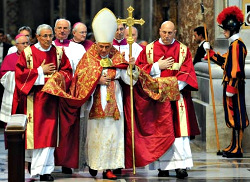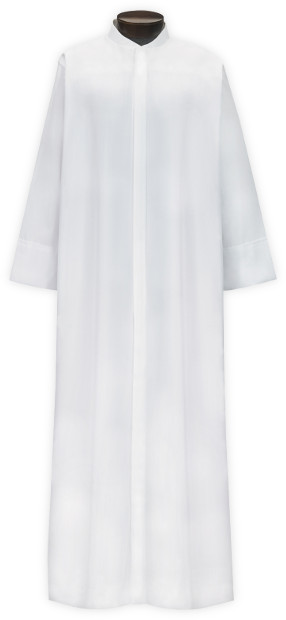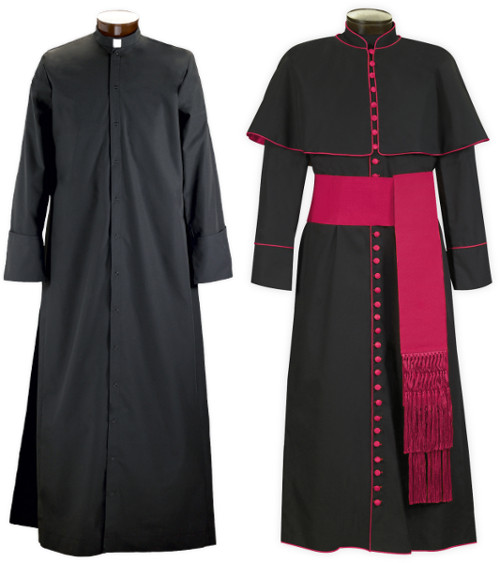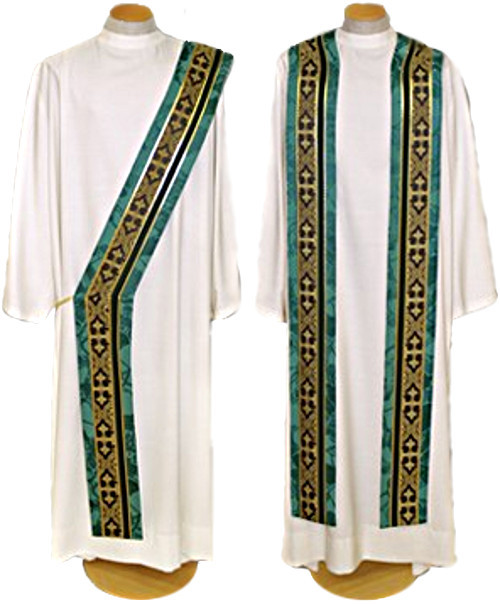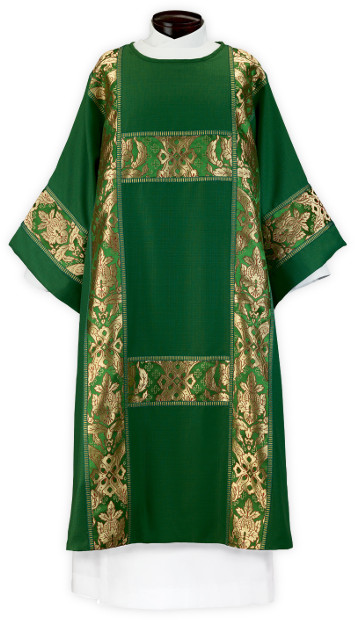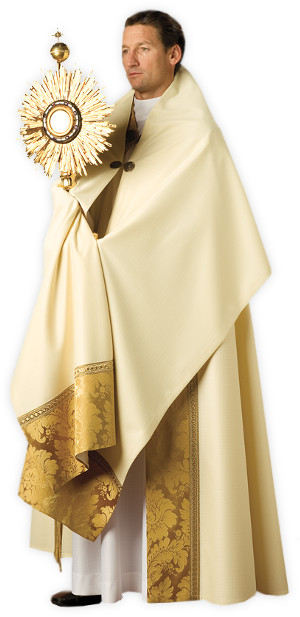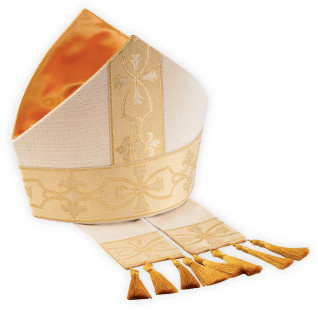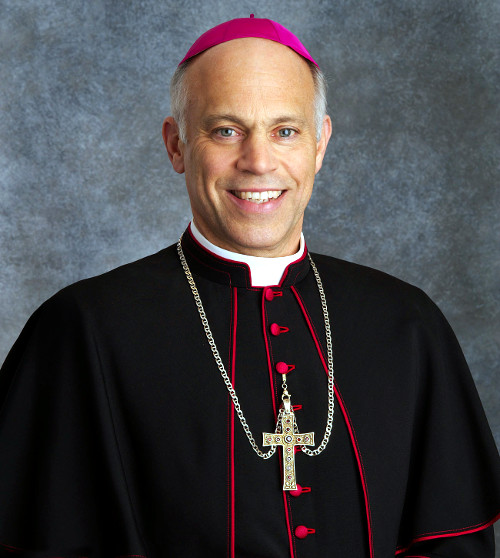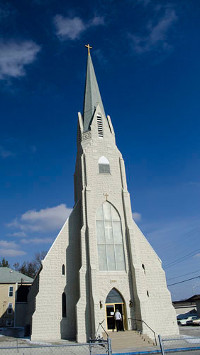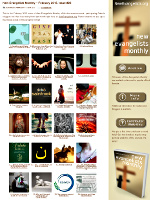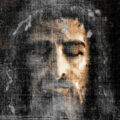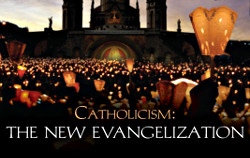
Guest contributor: Ed Trego
And Jesus came and said to them, “All authority in heaven and on earth has been given to me. Go therefore and make disciples of all nations, baptizing them in the name of the Father and of the Son and of the Holy Spirit, teaching them to observe all that I have commanded you; and behold, I am with you always, to the close of the age.” (Matthew 28:18-20)
This verse, the last verse in Matthew’s gospel, is commonly referred to as the great commission. These are the final words Jesus spoke to the apostles prior to His ascension into heaven. After telling them to make disciples of all nations, Jesus returned to heaven to take His rightful place with the Father. When the day of Pentecost came, the Holy Spirit was poured out upon them and they began the mission for which they were commissioned.
Who were these men to whom Jesus entrusted the future of His Church? They were common men; men without education; men who did not have the religious training of the Pharisees or the Sadducees of the time. The fact that Jesus chose the common man to be His representatives was one of the things that infuriated the religious elite of Israel. They couldn’t accept that these men, rather than they, were the ones to bring the salvation promised by the Messiah to the world.
The fact that there were not special, not highly educated, not even particularly religious in the sense of the strict Judaism of the time, should give us comfort and hope. We too, by and large, fall in that category. Yet we too, are the chosen ones of Jesus. We are the disciples He entrusted to His apostles. Both in their time and in our own, the apostles and those who have followed them in their mission have had the responsibility and blessing of shepherding the Church founded by Christ.
Who were these men to whom Jesus entrusted His Church? They weren’t particularly brave. Of the original twelve, one would betray Jesus to the authorities; nine would run and hide when the Romans arrived at the Garden of Gethsemane to arrest Him and one would deny three times that he even knew Jesus. Yet, with the exception of the betrayer, all would return to receive Jesus’ blessing and commission to lead His Church. Perhaps most ironic is that Peter, the one who denied Him three times, would be chosen as the leader of the apostles and the Church.
Of these men, only one would not suffer a martyr’s death. Matthew was killed by a sword in Ethiopia. Mark died in Alexandria after being dragged by horses until he was dead. Luke was hanged in Greece. Peter was crucified upside down on a x-shaped cross. He felt himself unworthy to die as Jesus had and requested to be crucified upside down. James was thrown off the southeast pinnacle of the Temple when he refused to deny Christ. James, the Great, son of Zebedee was beheaded. The Roman officer who guarded him was so amazed by his faith that he declared his own Christian faith and knelt beside James to accept beheading. Bartholomew, also called Nathaniel was flayed to death with a whip in Armenia. Andrew was crucified on an x-shaped cross after being whipped by seven soldiers. He hung on the cross for two days preaching to his tormentors until he died. Thomas was stabbed during a missionary trip to India. Jude was killed by arrows when he refused to deny his faith in Christ. Matthias, the apostle chosen to replace Judas, was stoned and then beheaded. Paul, the apostle to the gentiles, was beheaded in Nero’s Rome.
John, who remained with Jesus through His trial and crucifixion, would be the only one to die of natural causes. He was boiled in oil during a persecution in Rome but was miraculously saved from death. He was then sentenced to the mines on the prison island of Patmos where he wrote his prophetic book of Revelation. He was later released and served as the Bishop of Edessa in what is now Turkey. He died an old man, the only apostle to die peacefully.
Perhaps because Jesus entrusted his own mother to John, He preserved him to care for her for the rest of her time on earth. “When Jesus saw his mother, and the disciple whom he loved standing near, he said to his mother, ‘Woman, behold your son!’ Then he said to the disciple, ‘Behold, your mother!’ And from that hour the disciple took her to his own home.” (John 19:26-27)
These were ordinary men who became extraordinary through faith and the Holy Spirit. They weren’t chosen for their abilities or their education. It didn’t matter that they weren’t part of the religious classes, the Pharisees, Sadducees or the Scribes. They were simple men who came to believe in Jesus Christ, realized that He was the Messiah, and learned from Him. As a result of their faith, they were able to change the world.
Why did Jesus choose to take common men and make them uncommon? Perhaps He was telling all people, including you and me, that you don’t have to be special or exceptional to be a part of God’s kingdom. You don’t need great learning to understand and share the lessons of Christ. Our status in society is unimportant in God’s eyes; He sees our potential and will lead us to make the most of that potential.
Today, we have forgotten many of the simple lessons that Christ taught His original disciples. We have turned away from the morality taught by Jesus and have embraced a morality of relevance. We no longer cling to long held truths, we make up new truths based on our own desires and ideas of how things should be.
We, just as the apostles, need to listen to Jesus and take His words to heart. We need to make His teachings our guidelines for living our life. If fishermen and tax collectors could become the greatest evangelists ever known, there is hope for us as well. We only need to quit judging by today’s standards and look to the standards established by God and reinforced through Jesus’ life on earth.
Jesus taught us that He isn’t looking for those who are prepared to be called. He is looking for those who are willing to be called. Our current state in life doesn’t matter; where we will go when we follow Him is what is important. He will provide all the preparation needed to serve him as a disciple.
Peter wasn’t prepared to become the leader of a religious movement that would change the world. Peter was a simple fisherman, just as were James and John, the sons of Zebedee. Jesus called them to greatest from obscurity.
Matthew belonged to one of the most hated professions in Judea. He was a tax collector for Herod and Rome. He earned his living by taking not only the taxes due the authorities but by extorting additional funds from the people to pay his own way. He certainly would not have been looked upon as a member of the Messiah’s inner circle. Yet, Jesus chose him.
Saul of Tarsus was one of the most enthusiastic persecutors of the Christians. He held the cloaks of those who would stone Stephen, the first deacon of the Church. He traveled far and wide to persecute the Christians. He was known for hunting them down wherever they were and dragging them off to prison. Still, Jesus chose him.
“Now as he journeyed he approached Damascus, and suddenly a light from heaven flashed about him. And he fell to the ground and heard a voice saying to him, ‘Saul, Saul, why do you persecute me?’ And he said, ‘Who are you Lord?’ And he said, “I am Jesus, whom you are persecuting; but rise and enter the city, and you will be told what you are to do.” (Acts 9:3-6)
Paul became the Lord’s apostle to the gentiles. Even though his earlier life was devoted to eliminating Christians wherever possible, he now became one of the most vocal of Christians, evangelizing and converting others to Christianity for the rest of his life.
Today, Jesus is still seeking those who would answer His call. Like the apostles, Jesus will accept us if we ask and change us just as he did those who followed Him during His life on earth. He obviously chose some very great sinners as his apostle’s. He didn’t wait for them to change, He changed them. Just so, He will change us if we are willing.
In reading the gospels I cannot find one instance of Jesus insisting that someone follow Him. He invited them, He accepted them, and He changed them. Those who felt themselves righteous couldn’t understand that Jesus came to call the sinners, not the righteous. He came to change lives, giving hope for eternal life to those who had no hope. He did not pressure them. He did not demand their faith or loyalty; rather, He asked for their faith and loyalty and promised paradise if they chose it. He taught them the error of their ways and pointed out the error in the ways of those who were supposed to be their religious leaders. He brought the kingdom of God to them and offered it to them. The decision to accept Jesus and become a part of God’s kingdom was a choice offered, not a demand made.
What does this mean to us today? It means that Jesus is calling us, just as He called His disciples when He walked on earth. He is not looking for those who are qualified, but those who are willing. He will give us all the qualifications needed to be His disciple. All He asks of us is faith and willingness to allow Him to be our guide. He will show us the path, we only need to seek His help and His strength in following that path.
Jesus will provide the talents needed to serve Him. He will give us the strength to walk with Him. He is there for our support in everything we do; we just need to ask in faith. “Ask, and it will be given you; seek, and you will find; knock, and it will be opened to you. For every one who asks receives, and he who seeks finds, and to him who knocks it will be opened.” (Matthew 7:7-8)
Jesus isn’t interested in our wealth or the house we live in, or the car we drive. These things are finite and will not last. He asks us to seek the infinite if we are to serve Him. Set your sites on the heavens and strive to achieve perfection. While no man except Jesus can be perfect, our efforts are pleasing to God. He wants us to strive to be the best we can be and will help us in every way if we approach Him in faith, love and service.
Answering Jesus’ call may also require sacrifice, hardship and even death. The apostles knew this. The early Christians certainly knew it given the many persecutions to which they were subjected. The accounts of martyrs giving up their lives in the most horrible, painful ways are plentiful. Yet they considered the reward worth the price. Suffering death in this world to achieve paradise with God was, in their eyes, a bargain worth taking. So much so that the day of martyrdom was considered the birthday of those chosen to suffer. A birth into the glory of God.
Today, we don’t hear much of Christian martyrdom. It exists in many areas of the world but in this country we tend to ignore what goes on in the rest of the world far too often. We complain that the pastor doesn’t give an exciting homily, or that he steps on too many toes in his preaching. In Egypt, the Coptic Christians are burned in their churches and killed in the streets. In China, Catholics have to hide in order to celebrate the Mass. Even in this country there is a movement to equate Christianity with fanaticism. Once Christians are successfully put into the same category as racists, ku klux klan members, and terrorists, persecution won’t be far behind. Are we prepared to stand for Jesus just as the early Christians? By His mercy we may never be required to fully answer that question. However, if we are to be Christians, we need to answer that question for ourselves.
What does Jesus ask? He asks the same of us that He asked of his apostles. Follow Him, love Him, serve Him in all that we do. Be a beacon of light that others may see Jesus within us. Count the cost, whatever it may be, a small price to pay for eternity in the presence of God. For over two thousand years that has been His request. Many have followed, many have fallen away, many are yet to come. Ask for His forgiveness, seek His guidance, and knock on the door of heaven.
Go and make disciples of all nations.
“Then he said to his disciples, ‘The harvest is plentiful, but the laborers are few; pray therefore the Lord of the harvest to send out laborers into his harvest.” (Matthew 9:37-38)
The above meditation is a chapter from Ed’s new eBook “The Narrow Gate”.
Available now for only $1.99 on Amazon,
and other fine publishers.
